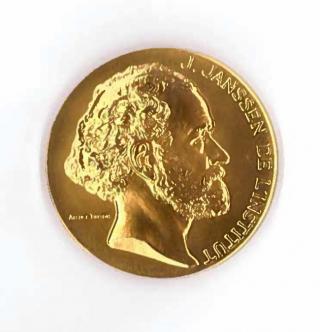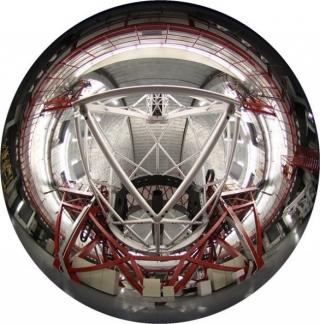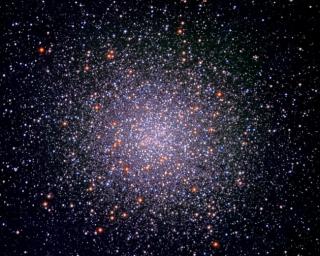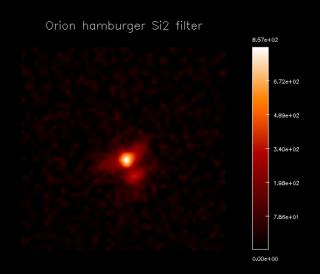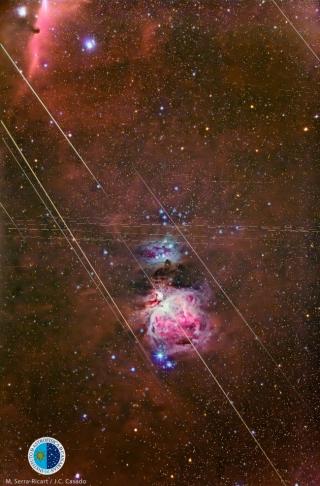
The maximum frequency of this meteor shower is expected to be at 18.00 hours UT on 14th December
Advertised on
This section includes scientific and technological news from the IAC and its Observatories, as well as press releases on scientific and technological results, astronomical events, educational projects, outreach activities and institutional events.


